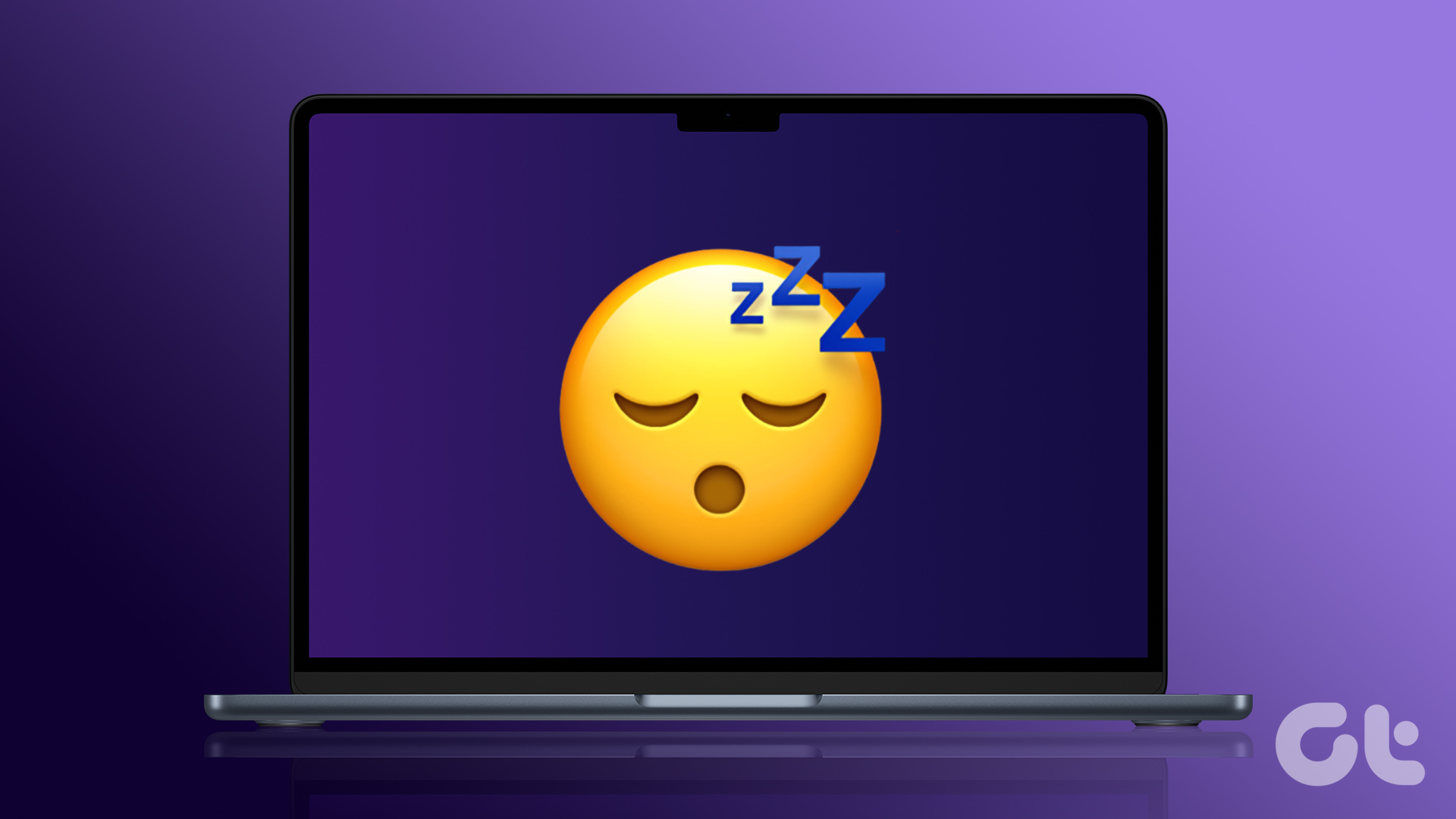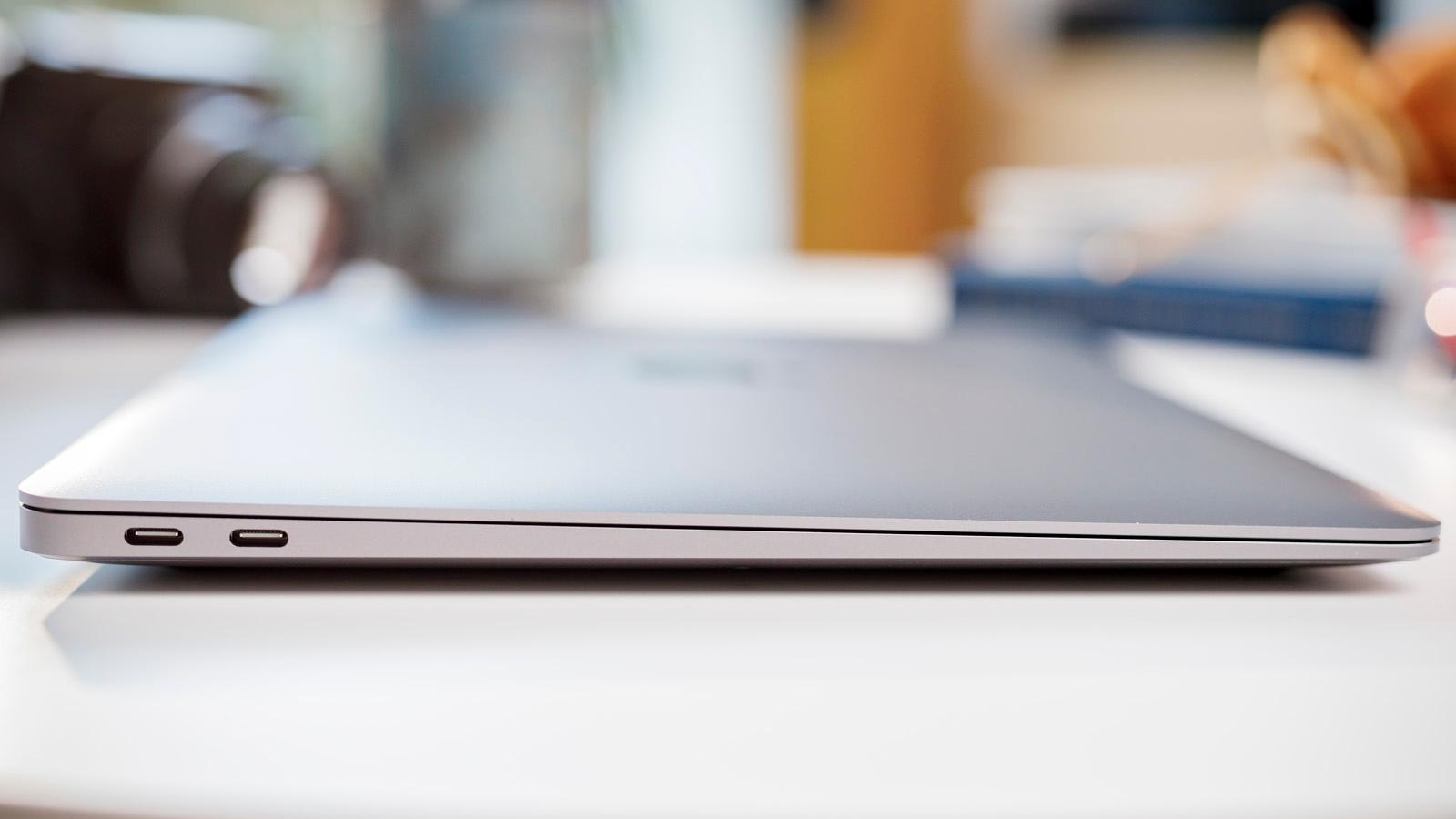We’ve all been there. You’re in the middle of working on something important on your Mac and suddenly, it goes to sleep. It’s annoying, but luckily there’s a way to prevent your Mac from automatically sleeping.
- Launch System Preferences from the Apple menu
- Click on Energy Saver
- Uncheck the box for “Put hard disks to sleep when possible
- Optionally, you can also uncheck “Enable Power Nap
- Close out of System Preferences when finished

Credit: www.guidingtech.com
Contents
How Do I Stop My Mac Screen from Timing Out?
It can be really annoying when your Mac’s screen times out and goes to sleep while you’re in the middle of working on something. Thankfully, there are a couple of different ways that you can adjust the timeout setting to suit your needs.
First, you can go to System Preferences > Energy Saver and then drag the “Computer sleep” slider to Never.
This will prevent your Mac from going to sleep entirely, which can save battery life if you’re not plugged in. However, it also means that your screen will never turn off automatically, so you’ll need to remember to do it manually when you’re finished using your computer.
Alternatively, you can go to System Preferences > Desktop & Screen Saver > Hot Corners… and then set one of the corners to “Start Screen Saver.”
That way, whenever you move your mouse into that corner of the screen, the screensaver will start and your screen will turn off after a few minutes (or whatever time interval you have set in the screensaver preferences). This is a great way to save energy without having to remember to turn off your screen manually.
How Do I Stop My Mac from Sleeping Every 5 Minutes?
If your MacBook is going to sleep after only five minutes of inactivity, there are a few possible culprits. One possibility is that your Energy Saver preferences are set to have the computer go to sleep after only a short period of time. Another possibility is that you have an app or process running that’s keeping your Mac awake.
To check your Energy Saver settings, open System Preferences and click on “Energy Saver.” Then, take a look at the “Sleep” settings. If the “Computer Sleep” setting is set to “5 minutes,” then that’s likely why your MacBook is falling asleep so quickly.
To change this setting, simply drag the “Computer Sleep” slider to a different time interval. For example, if you want your MacBook to stay awake for an hour before going to sleep, you would set the slider to “60 minutes.”
It’s also possible that an app or process is keeping your Mac from sleeping properly.
To check for this, open Activity Monitor (located in /Applications/Utilities/). Then, click on the “All Processes” drop-down menu and select “My Processes.” This will show you all of the processes that are currently running on your Mac.
If any of these processes have a “(Preventing Sleep)” tag next to them, then they’re likely keeping your Mac awake. To stop a process from preventing sleep, simply select it and click on the “Quit Process” button at the top of the window.
Why Does My Mac Keep Randomly Going to Sleep?
If you’re finding that your Mac keeps randomly going to sleep, there are a few possible explanations. It could be that your Mac is set to automatically go to sleep after a certain period of inactivity, or it could be that there’s an issue with one of the components on your Mac.
In most cases, the reason why your Mac keeps randomly going to sleep is because it’s been configured to do so.
You can check this by going to System Preferences > Energy Saver. Here, you’ll see two options for “Computer Sleep”: One for when the display is off, and one for when the computer is inactive. If either of these options is set to a time limit that’s too low, then your Mac may go to sleep even if you’re still using it.
You can solve this problem by simply increasing the time limit for both “Computer Sleep” options. However, if you find that your Mac is still randomly going to sleep even after doing this, then there may be an issue with one of the hardware components on your machine.
Possible causes of this include a failing hard drive or power supply, or a faulty logic board.
In some cases, resetting the SMC (System Management Controller) on your Mac can resolve these issues. However, if none of these solutions work, then it’s likely that you’ll need to take your Mac into an Apple Store or authorized service provider for repairs.
How To Stop Your Mac From Sleeping
How to Stop Mac from Sleeping 2022
Assuming you want a blog post titled “How to Stop Mac from Sleeping in 2022”: It’s no secret that the world runs on coffee. In fact, according to a recent study, over 2.25 billion cups of coffee are consumed globally every day.
That’s a lot of caffeine! But what happens when your coffee breaks start to interfere with your work? If you’re like most people, you probably start to feel anxious and stressed out.
Luckily, there are a few simple things you can do to help keep your Mac awake and productive. Here are four tips to stop your Mac from sleeping in 2022:
1. Change your system preferences.
If you want to prevent your Mac from going to sleep, open System Preferences and click on Energy Saver. Then, uncheck the box next to “Put the computer to sleep when it is inactive for” and set the time limit to “Never.” This will ensure that your Mac stays awake even when you’re not using it.
2. Use Caffeine or NoSleep. These two apps are designed specifically to keep your computer awake. Simply download and install one of them, then launch it and click the “Keep Awake” button.
Your Mac will stay awake as long as Caffeine or NoSleep is running—just make sure not to close the app! You can also set a timer so that the app automatically turns off after a certain amount of time.
3. Disable Power Nap altogether.
If you don’t need Power Nap features like email checking or software updates while your Mac is sleeping, you can disable the feature entirely in System Preferences > Energy Saver > Power Adapter tab > uncheck “Enable Power Nap.” With this setting disabled, your Mac will never go into a low-power sleep mode again; however, it also means that any pending updates will have to be installed manually (or wait until the next time you turn on your computer).
4 Reduce screen brightness or use an app like flux Lowering screen brightness can help reduce power consumption and prevent your screen from keeping you up at night . You could also try using an app like flux , which automatically adjusts screen brightness based on the time of day .
Conclusion
Assuming you would like a summary of the blog post titled “How to Stop Mac from Automatically Sleeping”, here it is:
If you’re finding that your Mac is automatically going to sleep mode too often for your liking, there are a few things you can do to change this. One option is to simply disable sleep mode altogether by opening up the Energy Saver preference pane and unchecking the box next to “Put the computer to sleep when it is inactive”.
Alternatively, if you still want your Mac to go into sleep mode but just want to extend the amount of time it takes before doing so, you can adjust the settings in both the Power Adapter and Battery tabs within Energy Saver. Simply drag the “Computer Sleep” slider bar to the left in order increase how long your Mac will stay awake before sleeping.

